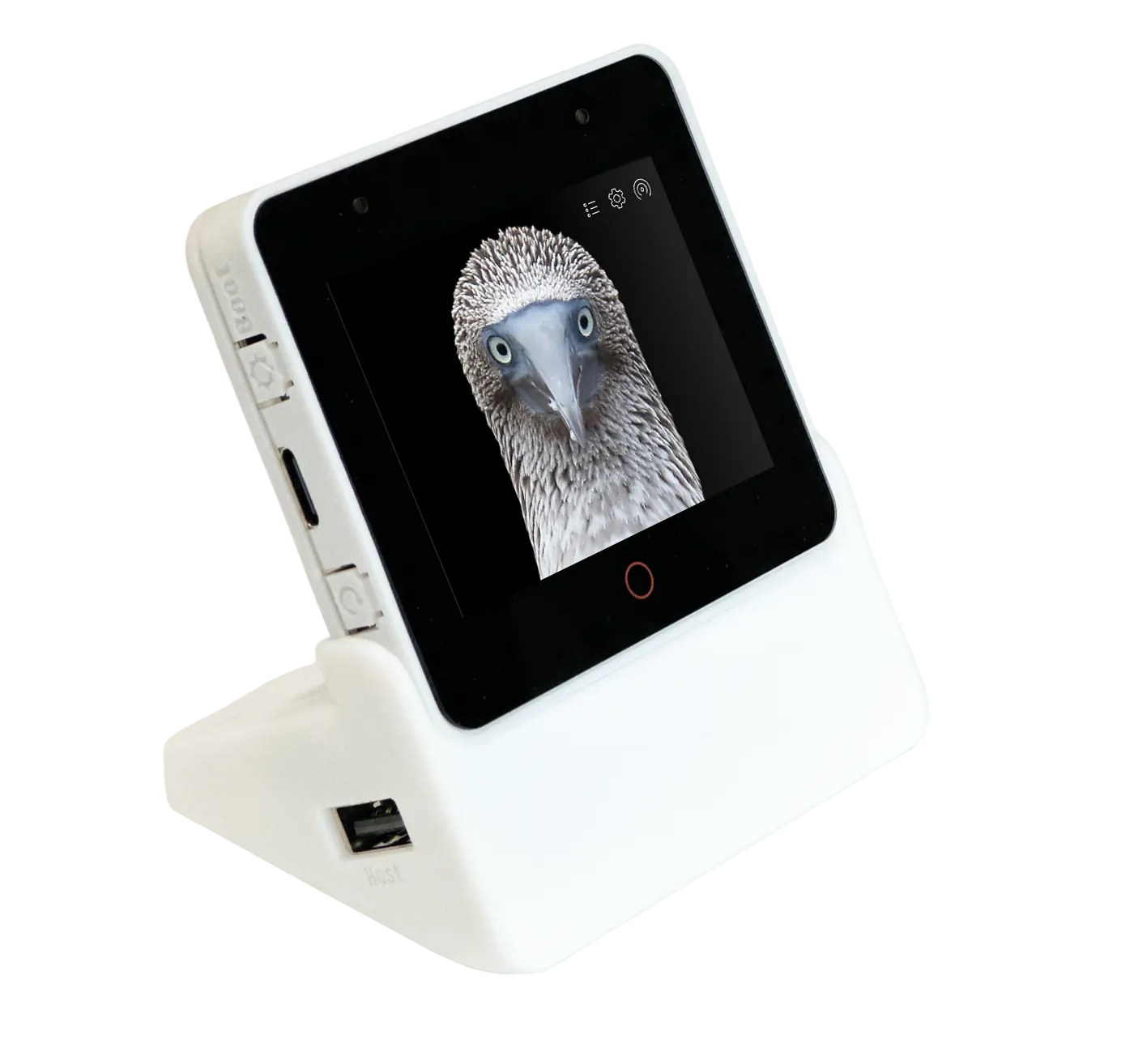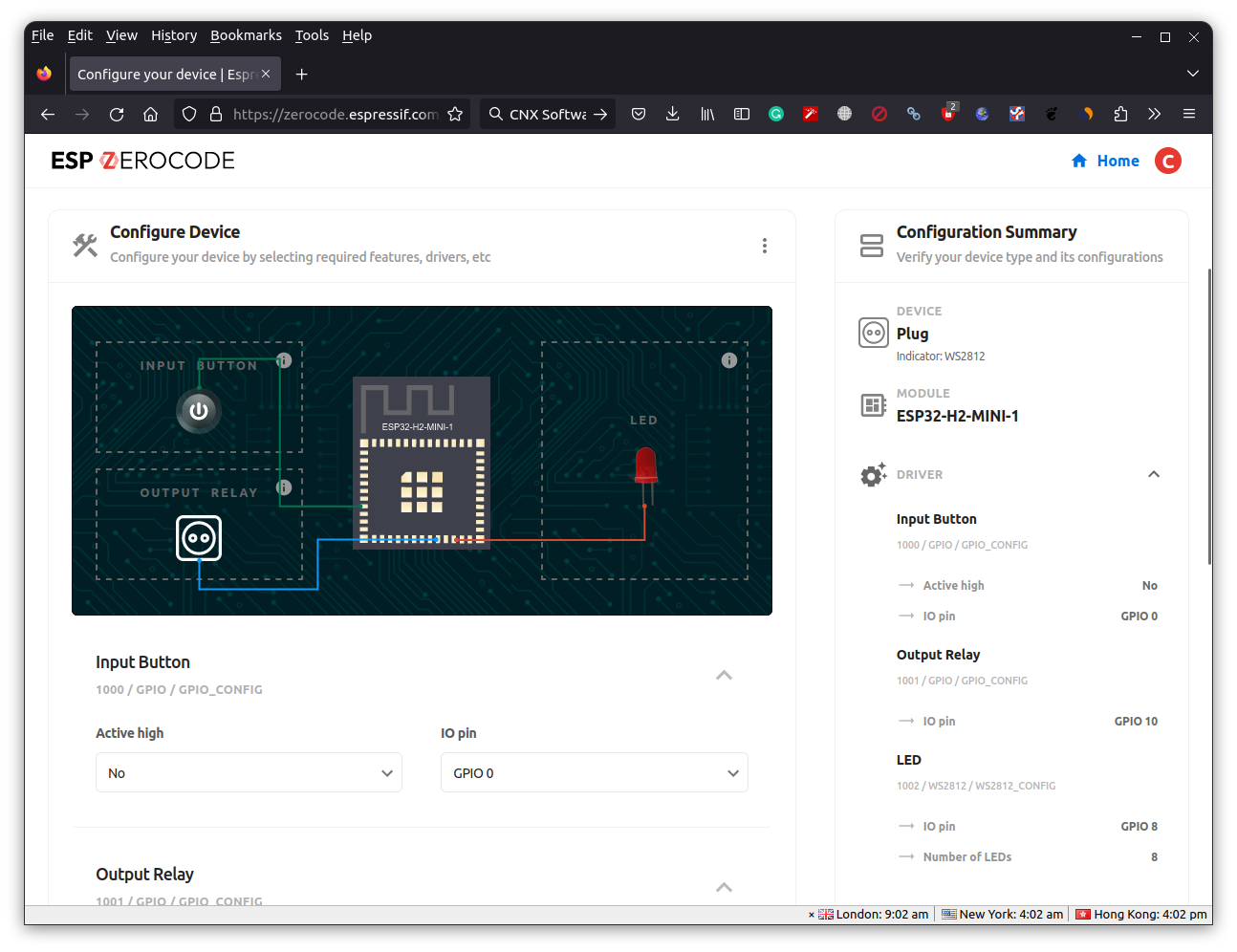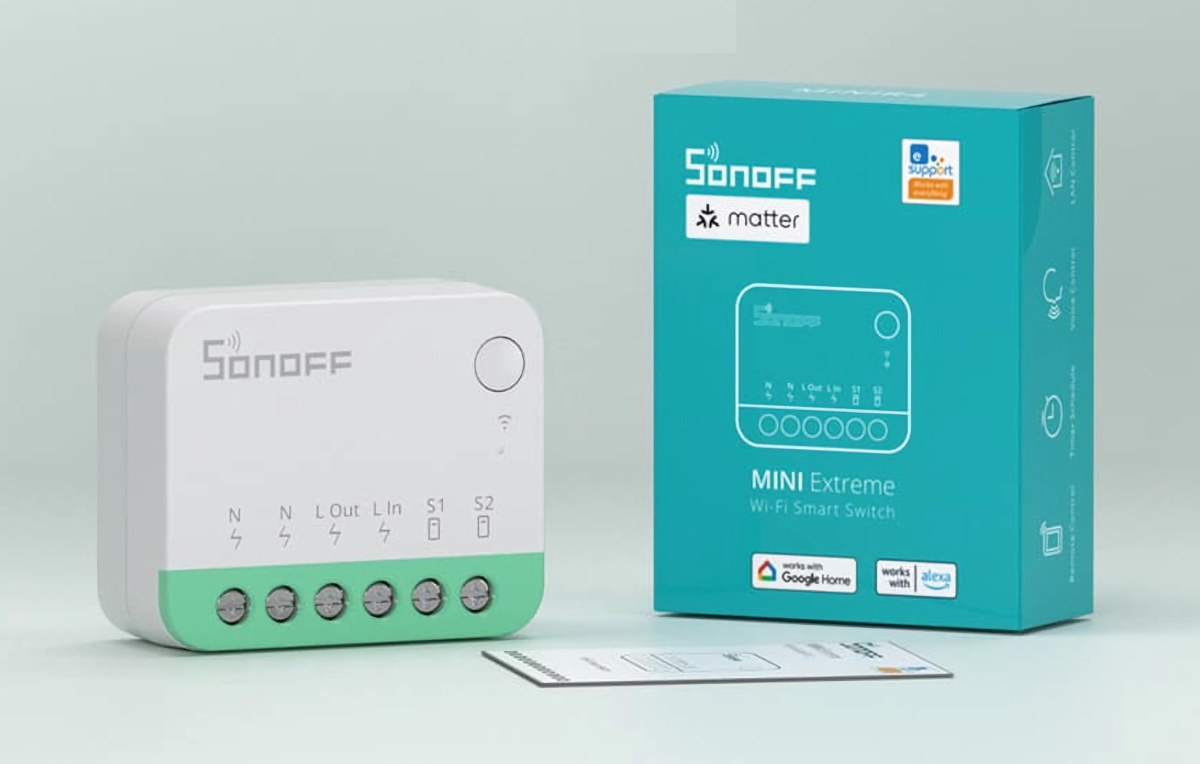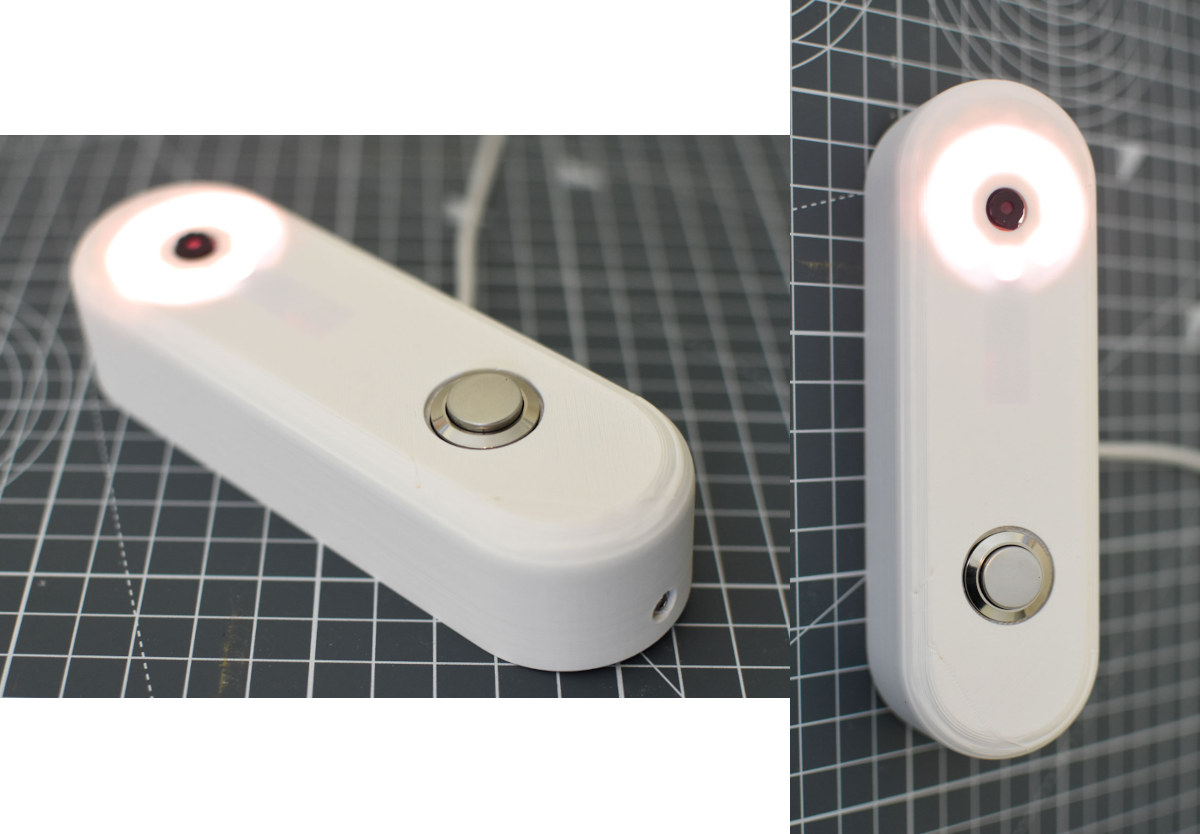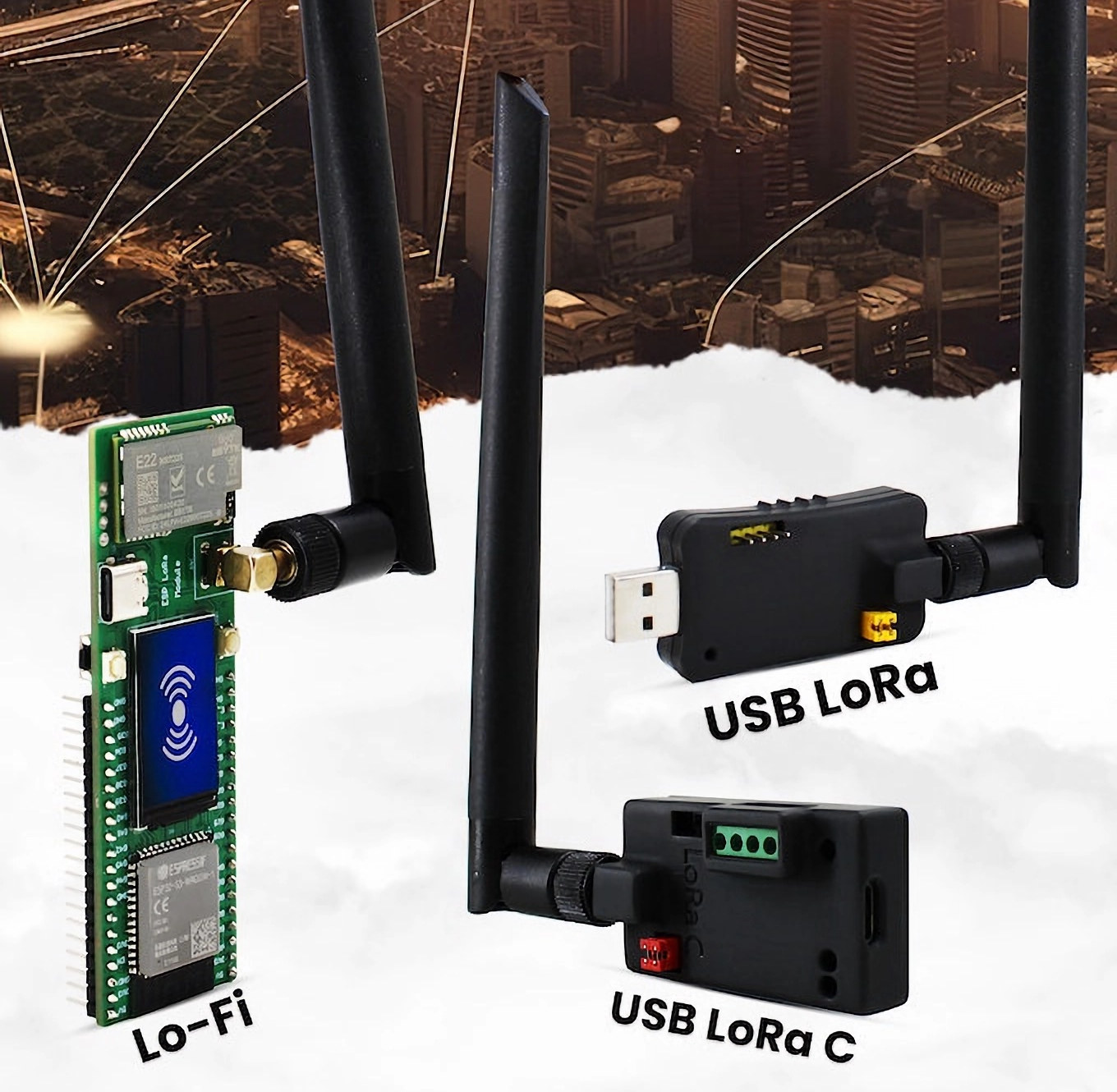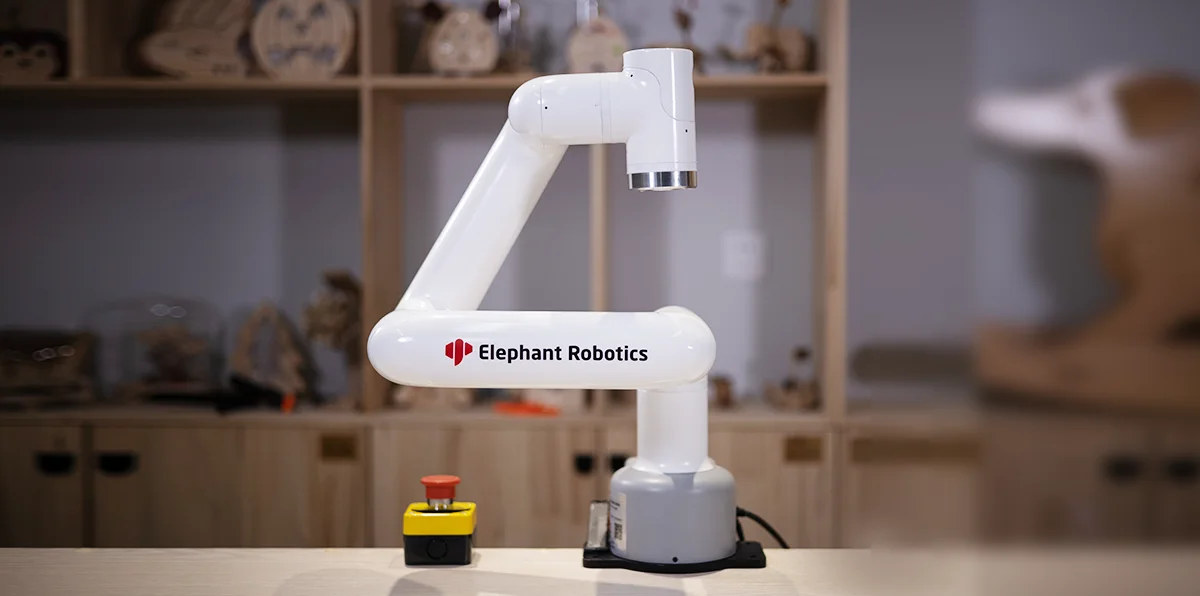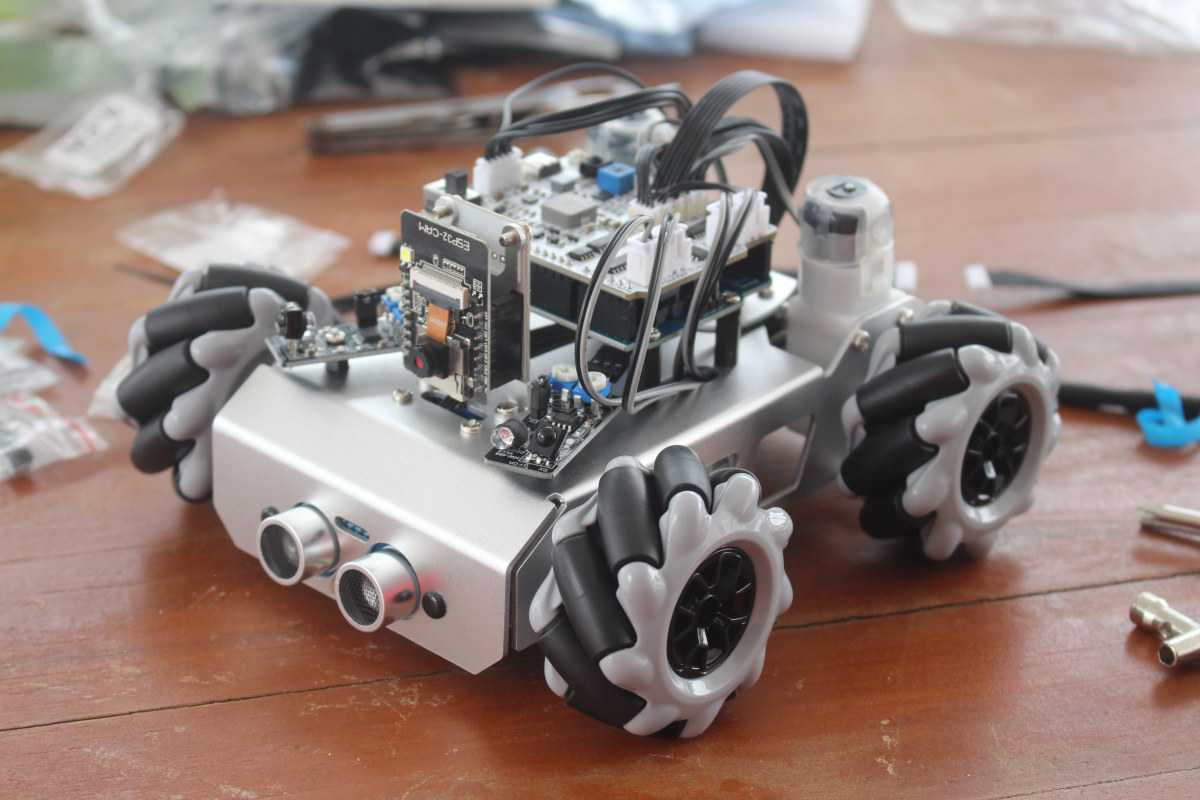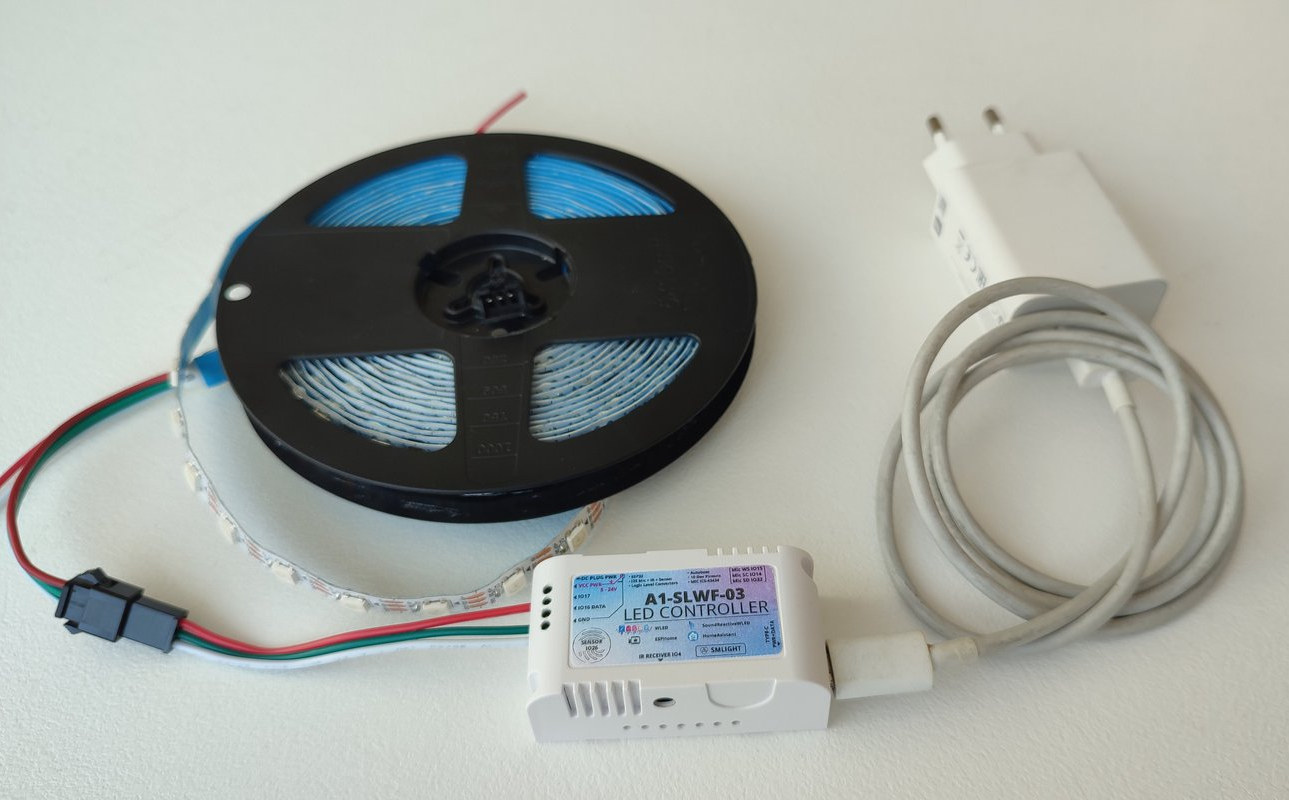Espressif Systems has launched an update to their ESP32-S3-Box development kit for online and offline voice assistants with the ESP32-S3-BOX-3 devkit that still features a 2.4-inch capacitive touchscreen display with 320×240 resolution, two microphones, a built-in speaker, and a USB-C port, but replaces the PMOD connector by a PCIe connector for various expansion modules. The open-source ESP32-S3 development kit is powered by the ESP32-S3 SoC with AI extensions and can be used to implement all sorts of solutions using the company’s ESP-SR, ESP RainMaker, and Matter solutions such as an offline voice assistant, a chatbot powered by ChatGPT, a handheld gaming console, a tiny robot, a Matter-compatible Smart Home hub, and more. ESP32-S3-BOX-3 specifications: WiSoC – ESP32-S3 dual-core Tensilica LX7 up to 240 MHz with Wi-Fi 4 & Bluetooth 5, AI instructions, 512KB SRAM Memory and Storage – 16MB octal PSRAM and 16MB QSPI flash Display – 2.4-inch capacitive touchscreen […]
ESP ZeroCode web application creates custom Matter-certifiable firmware for ESP32 targets
Low-code/no-code platforms keep on coming and Espressif Systems ESP ZeroCode adds to the list. It is a web application designed to prepare Matter-certifiable firmware for ESP32 devices as per the user’s requirements. The website is supposed to streamline the product development where the firmware is developed for you (no need for those costly software/firmware engineers!) and future OTA updates are also guaranteed for a period of three years. It’s a bit similar to the Tuya platform, but for ESP32 devkits, modules, and/or rebranded products with Matter-certified firmware. So I went to the website to give it a try in Firefox in Ubuntu. After registration and login, we are given three options: Your products, Create a new product, and Rebrand a Certified Product I went with the second option and named by new product “CNX Software Gizmo”. In the next step, we can select the device type between socket, plug, light, […]
SONOFF MINIR4M – A Matter-compatible WiFi Smart Switch
SONOFF MINI Extreme (MINIR4M) is the first Matter-certified home automation device from the company and appears to be based on the same hardware design as the SONOFF MINI Extreme (MINIR4) ESP32 WiFi smart switch that we reviewed last March and is still working fine in my bedroom. Support for the Matter protocol means better interoperability with other brands of Matter-certified products, so you should be able to use the MINIR4M wireless switch with a Samsung Matter-certified Smart Home gateway instead, as well as Apple Home, Google Home, Amazon Alexa, and other apps besides the eWelink mobile app. The main visual difference I see between the MINIR4 and MINIR4M is the color with Orange referring to WiFi support and Green to Matter support. SONOFF MINI Extreme (MINIR4M) specifications: MCU – Espressif Systems ESP32 dual-core wireless microcontroller Connectivity 2.4 GHz WiFi 4 Bluetooth LE used for pairing Matter certification Input – 100-240V […]
Privacy-focused DIY video doorbell leverages ESP32-CAM board, ESPHome firmware, Home Assistant
Seeing the lack of privacy-focused video doorbells on the market, Tristam (aka ThatGuy) decided to design his own doorbell with an ESP32-CAM board purchased from Amazon and flashed with ESPHome open-source firmware for easy integration with Home Assistant so there’s no need to rely on third-party cloud services. The DIY design also comes with other off-the-shelf parts with a momentary push button, a 10kΩ resistor, an RGB LED ring light, M2.5 brass inserts and screws, and a 10-meter micro USB cable all of which can be purchased from Amazon or another shop. He also needed eSUN white PETG filament to 3D print the custom plastic enclosure. The assembly requires two wires to the push button for 3.3V and GPIO 14 pulled to the ground with the 10k Ohm resistor and three wires to the RGB LED ring (5V, GND, GPIO15). Tristam notes the RGB LED ring is optional, and the […]
Lo-Fi ESP32-S3 board features LoRa module for low-power long-range connectivity (Crowdfunding)
SB Components’ Lo-Fi is an ESP32-S3 board equipped with a LoRa module for low-power long-range connectivity, and the company has also introduced two LoRa USB dongles with either Type-A or Type-C connectors. Lo-Fi specifications: Wireless module ESP32-S3-WROOM-1: SoC – ESP32-S3 dual-core LX7 microprocessor @ up to 240 MHz with Vector extension for machine learning, WiFi 4 & Bluetooth 5 LE/Mesh Memory – 8MB OSPI PSRAM Storage – 8MB QSPI flash PCB antenna Dimensions – 25.5 x 18.0 x 3.1 mm Unnamed LoRa module Tx power of up to 22dBm (160mW) adjustable by software Rx sensitivity of up to -138 dBm ISM bands – 433MHz, 868MHz, and 915MHz Range – Up to 5km range Data rates – 300 bps to 62.5 kbps RoHS compliance External LoRa antenna Display – 1.14-inch TFT display with 240×135 resolution USB – 1x USB Type-C port for programming and power Expansion – 2x 20-pin GPIO headers […]
myCobot Pro 600 Raspberry Pi 4-based robot arm supports 600mm working range, up to 2kg payload
Elephant Robotics has launched its most advanced 6 DoF robot arm so far with the myCobot Pro 600 equipped with a Raspberry Pi 4 SBC, offering a maximum 600mm working range and support for up to 2kg payloads. We’ve covered Elephant Robotics’ myCobot robotic arms based on Raspberry Pi 4, ESP32, Jetson Nano, or Arduino previously, even reviewed the myCobot 280 Pi using both Python and visual programming, and the new Raspberry Pi 4-based myCobot Pro 600 provides about the same features but its much larger design enables it to be used on larger areas and handles heavier objects. myCobot Pro 600 specifications: SBC – Raspberry Pi 4 single board computer MCU – 240 MHz ESP32 dual-core microcontroller (600 DMIPS) with 520KB SRAM, Wi-Fi & dual-mode Bluetooth Video Output – 2x micro HDMI 2.0 ports Audio – 3.5mm audio jack, digital audio via HDMI Networking – Gigabit Ethernet, dual-band WiFi […]
SunFounder Zeus Car Kit review – A fun toy and Arduino learning tool
SunFounder Zeus Car Kit is an Arduino UNO and ESP32 Cam-based educational kit for children (and adults) that can be used to learn more about electronics, robotics, and programming. It’s a car comprised of four 6cm Mecanum wheels for omnidirectional motion and various sensors that can be controlled with an Android app enabling first-person view (FPV) thanks to the built-in camera. The company sent us a Zeus Car Kit for review and evaluation, and after assembly, we’ll use it in “Play Mode”, or in other words a toy that basically works out of the box, before checking out the “Programing Mode” and related Arduino tutorials to evaluate it’s educational potential. Zeus Car Kit Unboxing The kit comes in a nice retail package which highlights some of the capacities of the kit: FPV, Omnidrive, AI vision, compass, IR control, APP control, and RGB lights. The package itself contains four more boxes […]
Home Assistant-compatible 5-24V LED strip controller ships with Sound Reactive WLED firmware
SMLIGHT A1-SLWF-03 is a Home Assistant-compatible addressable RGB LED strip controller based on an ESP32 WiFi and Bluetooth microcontroller that supports 5V to 24V LED strips. The unit is equipped with a built-in digital microphone used by the Sound Reactive WLED firmware to make the RGB LED strip follow the rhythm and tempo of the music, an IR receiver, and a sensor button. SMLIGHT A1-SLWF-03 specifications: SoC – ESP32 dual-core microcontroller with WiFi 4, Bluetooth 4.2/5.x, and 16Mbit flash 4-pole terminal block for RGB LED strips Supported strips – WS2812B, WS2811, WS2813, WS2815, APA102, LPD8806, WS2801, SK9822. Voltage Range – 5-24V DC Up to 2,000 LEDs are supported at 35 fps with two outputs or 3,000 LEDs at 25 fps with two outputs (about 33 to 50-meter LED strips with 60x LEDs per meter) Multiple A1-SPWF-03 controllers can be synced together for controlling even more LED strips. USB – 1x […]


